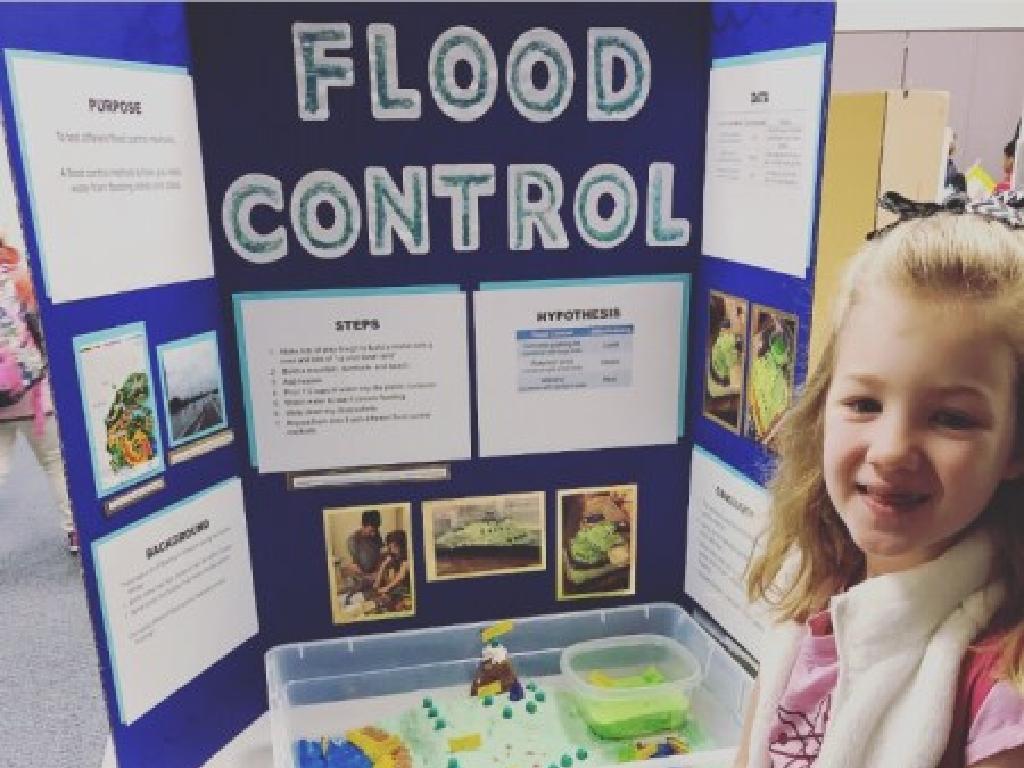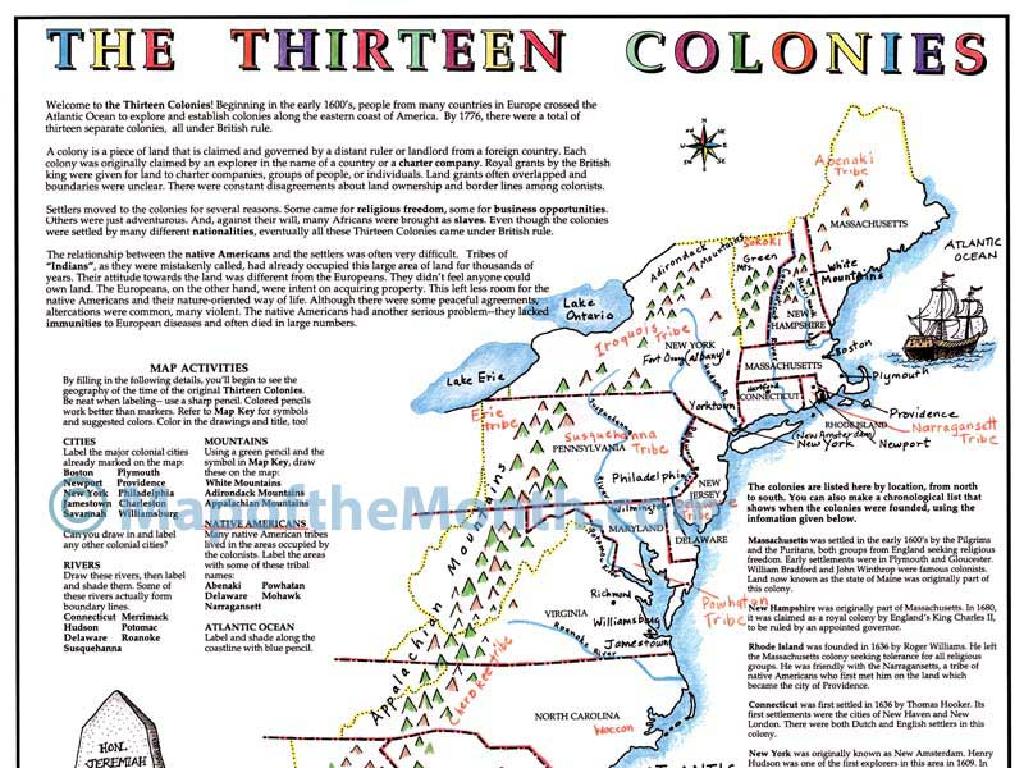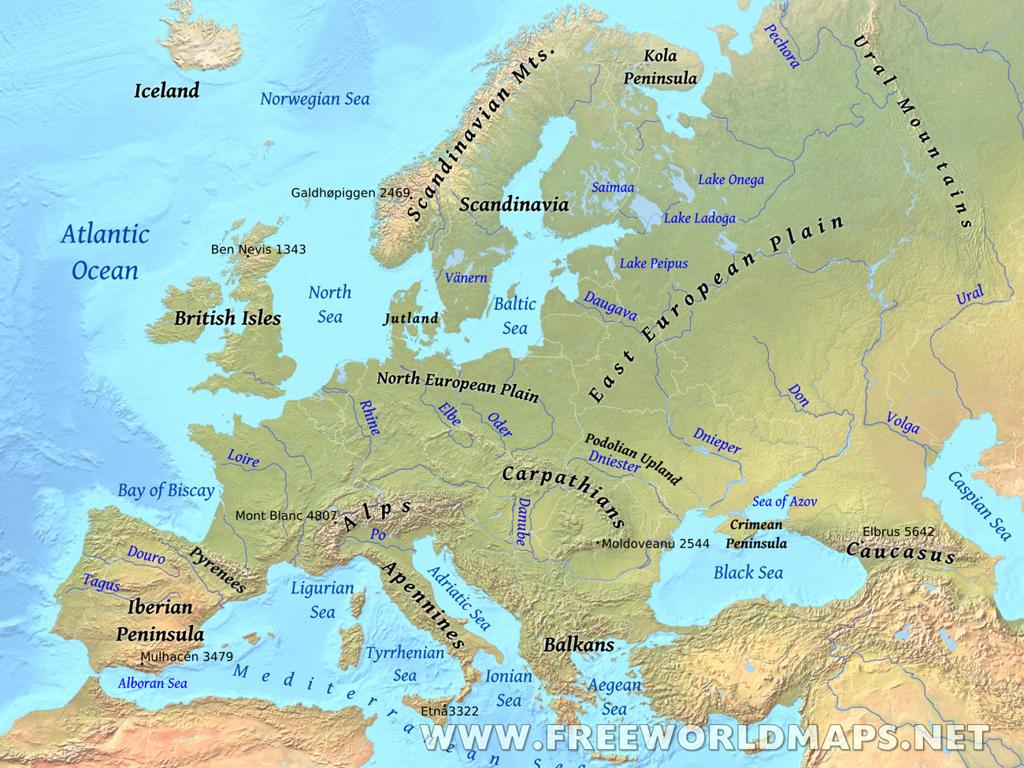Pre-Contact Native Peoples: Introduction
Subject: Social studies
Grade: Seventh grade
Topic: Early Americas
Please LOG IN to download the presentation. Access is available to registered users only.
View More Content
Exploring Pre-contact Native Peoples
– Early Americas overview
– What does ‘Pre-contact’ mean?
– ‘Pre-contact’ refers to the time before European explorers arrived.
– Diversity among Native Peoples
– Native Peoples had varied languages, traditions, and social structures.
– Significance of their cultures
– Their contributions are integral to our understanding of American history.
|
This slide introduces students to the concept of the Early Americas, focusing on the period before European contact. ‘Pre-contact’ is a term used to describe the era before the arrival of Columbus and other explorers, a time when Native Peoples thrived with distinct cultures. Emphasize the rich diversity among Native Peoples, including differences in languages, traditions, and social structures. Highlight the importance of recognizing and respecting these cultures as a significant part of American history. Encourage students to consider the impact of these civilizations and their lasting influence on the world today.
Pre-contact Native Peoples: An Introduction
– Diversity of Native cultures
– Hundreds of tribes with unique traditions and languages
– ‘Civilization’ pre-European contact
– Complex societies existed long before Europeans arrived
– Major tribes: Iroquois, Sioux, Navajo
– Iroquois: Confederacy of six nations, Sioux: Great Plains warriors, Navajo: Skilled weavers and herders
– Understanding their legacy
|
This slide aims to introduce students to the rich and diverse cultures of the Native peoples before European contact. Emphasize the variety of tribes, each with its own distinct language, traditions, and social structures. Discuss the term ‘civilization’ and how Native American societies had complex political systems, economies, and belief systems. Highlight the Iroquois Confederacy’s democratic governance, the Sioux’s nomadic lifestyle and horse culture, and the Navajo’s intricate weaving and pastoral way of life. Encourage students to appreciate the depth of Native American history and contributions, and to understand that these civilizations were sophisticated and vibrant long before Europeans arrived in the Americas.
Daily Life and Culture of Pre-contact Native Peoples
– Diverse Native American housing
– Examples include teepees, longhouses, and cliff dwellings
– Food sources: farming and foraging
– Relied on agriculture, hunting, and gathering
– Varied social and family structures
– Roles often based on age, gender, and kinship
– Cultural significance in daily life
|
This slide aims to give students a glimpse into the rich and diverse daily life and culture of Native American peoples before European contact. Emphasize the variety of housing styles, which were adapted to different environments and lifestyles. Discuss how food procurement was a mix of agriculture, hunting, and gathering, varying by region and tribe. Highlight the complex social structures and family roles that were deeply intertwined with spiritual beliefs and practices. Encourage students to consider the cultural significance behind these aspects of daily life and how they contributed to the sustainability and richness of Native American societies.
Religion and Spirituality of Pre-contact Native Peoples
– Animism and the Great Spirit
– Belief that spirits exist in natural objects and the Great Spirit oversees all
– Powwows and Kachina dances
– Powwows: social gatherings with dance, music, and feasting. Kachina dances: Hopi rituals for life’s aspects
– Deep respect for nature
– Viewing nature as a living presence, not just a resource
– Land as a sacred entity
– Land wasn’t owned but cared for and revered as a source of life
|
This slide introduces students to the rich spiritual and religious life of the pre-contact Native Peoples. Animism was a common belief system, where every element of nature was thought to have a spirit, and the Great Spirit was a central figure overseeing these. Ceremonies like powwows and Kachina dances were integral to the community, serving as a way to connect with the spiritual world and celebrate life. Emphasize the Native Peoples’ profound respect for nature and the land, which was seen as a living entity to be cared for, not owned. Discuss how these beliefs and practices reflect a worldview that honors the interconnectedness of all life. Encourage students to reflect on how this perspective towards nature and land differs from modern views and what lessons can be learned from it.
Trade and Economy of Pre-contact Native Peoples
– Extensive trade networks
– Tribes traded across vast regions, creating interconnected economies.
– Variety of goods exchanged
– Items like tools, crops, and crafts were commonly traded.
– Barter system in societies
– Goods were exchanged directly, without the use of money.
– Trade’s impact on culture
– Trade influenced social structure, alliances, and cultural exchange.
|
This slide aims to give students an understanding of the complex trade systems that existed among pre-contact Native American tribes. Emphasize the vastness of trade networks and how they connected different tribes and regions, fostering economic and cultural ties. Highlight the types of goods and services that were commonly exchanged, including food, raw materials, and crafted items. Discuss the barter system and how it functioned in the absence of a standardized currency. Finally, explain how trade was more than just an economic activity; it was a crucial component of societal development and cultural exchange. Encourage students to think about modern parallels and how trade shapes societies today.
Art and Technology of Pre-contact Native Peoples
– Pottery, weaving, and carving
– Art was both functional and symbolic, often reflecting cultural beliefs.
– Innovations in agriculture
– Crop cultivation techniques improved food supply and societal stability.
– Advances in navigation
– Navigation skills facilitated trade and cultural exchange.
– Engineering’s role in society
– Monumental structures like pyramids showcase advanced engineering.
|
This slide aims to highlight the rich artistic expression and technological advancements of the Pre-contact Native Peoples. Artistic skills were evident in pottery, weaving, and carving, serving both practical and ceremonial purposes. Technological innovations, particularly in agriculture, allowed for more stable food sources, which in turn supported larger communities and complex societies. Navigation expertise enabled these societies to connect over long distances, exchanging goods and ideas. Engineering feats are still admired today, with structures that have withstood the test of time. Encourage students to consider how these advancements compare to modern technology and their impact on daily life.
Challenges Faced by Pre-contact Native Peoples
– Environmental resource management
– Adapted to diverse climates, managed resources like forests, rivers, and wildlife
– Inter-tribal dynamics
– Formed alliances or rivalries affecting trade, culture, and territory
– Impact of European contact
– European arrival brought diseases, altered trade, and led to conflict and colonization
|
This slide aims to introduce students to the complexities of life for Native Peoples before European contact. Emphasize how Native Americans were adept at managing their environment and resources, which varied greatly across different regions. Highlight the significance of inter-tribal relationships, which could be cooperative or competitive, influencing many aspects of life. Lastly, discuss the profound impact European exploration had on Native Peoples, including the spread of diseases to which they had no immunity, disruption of traditional trade networks, and the eventual colonization of their lands. Encourage students to consider how these challenges shaped the history and culture of Native Peoples.
Class Activity: Living History
– Role-play as a pre-contact Native
– Discuss life: past versus present
– Create a Native village diorama
– Use natural materials to represent a historical Native American village.
– Reflect on the experiences
– Think about what you’ve learned and how it feels to imagine life as a pre-contact Native American.
|
This activity is designed to immerse students in the history and culture of pre-contact Native Americans. For the role-play, students will act out daily activities of a Native American, which will help them understand the historical context and lifestyle. During the group discussion, guide students to think critically about the differences and similarities between life then and now, considering aspects such as technology, society, and environment. For the creative project, provide materials like clay, sticks, stones, and leaves for students to construct dioramas of a Native American village, encouraging them to apply what they’ve learned about the structures and community life. After the activities, lead a reflection session where students can share their dioramas and discuss insights gained from the role-play and discussion.






